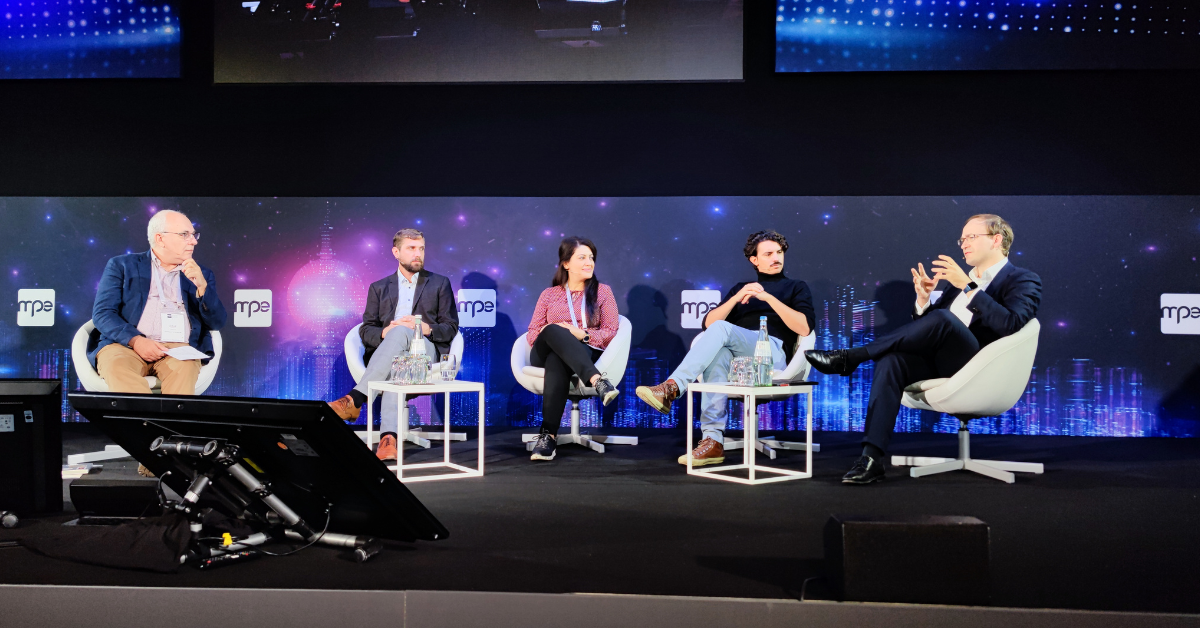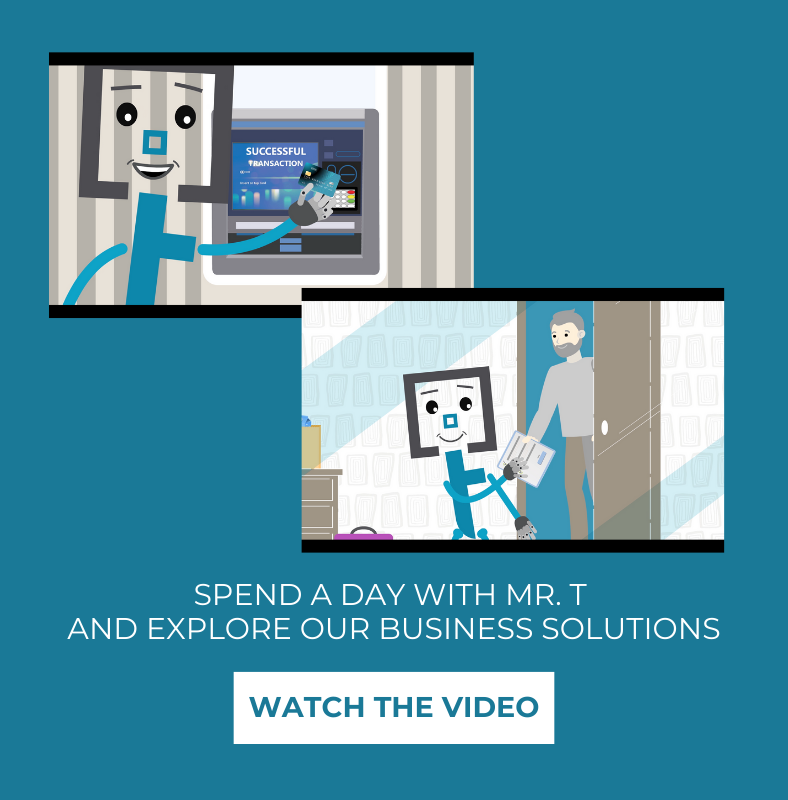
Merchant Payments Ecosystem connects leaders, influencers & innovators from the entire payment ecosystem. It is a European discussion platform for merchants, acquirers, PSPs and Point of Sale vendors, established companies as well as start-ups, fintech, regtech and paytech and everyone in between.
The conference is widely known for its top-level networking, special program features, best-in-class speakers, and agenda that covers all aspects of payment acceptance, innovations, and trends that are transforming retail payments.
Merchant Payment Ecosystem with over 1,200 participants, 150 speakers, 300 merchants, and 73 sponsors & exhibitors is Europe’s largest merchant payments event.
With topics such as Open Banking and Instant Payments, APMs like BNPL, cryptocurrencies, SoftPOS, innovations in fraud prevention, and formats like Merchant rooms, MPE Awards and Innovation Corner, the event offers a one-stop-shop for the entire payments ecosystem.
Digitization of commerce
We are living in an extremely dynamic landscape when it comes to payments. In the past, the payment industry had a rather slow innovation cycle, with new technology or features coming along every few years or so. However, since 2014, and especially after 2020, the number of developments has increased dramatically. From payment channels and means to digital assets, BNPL (buy now, pay later) or real-time (open banking), and service delivery of service through attended, semi-attended, unattended or remote - the digitization of commerce started to evolve rapidly.
COVID-19 has further accelerated the digitization of commerce and new payment methods. Some would say this has been the driving force for the adoption of e-wallets, digital assets, and BNPL in both digital and physical points of sale, with the usage of cash declining year over year.
Within the physical points of sale, there is a shift towards the use of debit cards as they gain additional payment functionalities through wallet integrations. An interesting fact is that Bundesbank bank states that 9 out of 10 printed banknotes were never used for transactions. Of the banknotes that were used for transactions, only one-third were used for the purchase of goods, and the rest for government related transactions.
APM - A trend that's here to stay
The growing trend of alternative payment method (APM) has been around for some time now, with e- wallets, open banking, or BNPLs gaining market share.
Judging by the growth rate, the Alternative Payment Methods will not be an “alternative” for much longer. Personalization of market segments is also becoming more tangible –although still quite broad – as service providers can no longer offer just a vanilla service to different market segments. The hospitality industry, for example, is leading the way in this personalized approach.
Metaverse - The new reality
In addition to APMs, which was the focus of this conference, there was also discussion about Metaverse. Although Metaverse is still at a very early stage, some mind-blowing facts about it were presented; in November 2021 a plot of virtual land in Metaverse was sold for $4.3 million, while a fan of Snoop Dogg spent $450,000 for a piece of “land” next to the artist's NFT house.
Metaverse has huge market potential, not only for the gaming and crypto industries, but also for all other industries such as clothing, entertainment, arts, and others. The long-term capabilities of the Metaverse for today's generation are almost limitless, as it could revolutionize the way businesses interact with their potential customers by creating a variety of use cases and an enhanced user experience.
Payment Orchestration – The best matchmaking service
Payment Orchestration, a service that provides interoperable rails between multiple payment methods and channels, goes hand-in-hand with Metaverse to connect consumers and merchants and enable a smooth and easy transaction process by enabling as many payment methods as possible in one seamless environment. Orchestration helps both merchants and consumers by facilitating interaction between the two, regardless of the payment method preferred or used. Therein lies its true value to commerce.
The obvious reason for this trend is that the race to reduce transaction processing and drive costs to “zero” is already in full swing and “payments” are becoming a commodity. It's about finding differentiators and creating a unique offering to drive value for the merchant, and ultimately enabling future revenue for the value chain.
Down the rabbit hole
According to market experts, innovation and development are driven by the consumer, their expectations and demands. Now, the expectations from the retailer and subsequently the rest of the value chain in delivering a "product" goes beyond that, as consumers ultimately expect to pay however they want, wherever they want, and whenever they want.
According to a study conducted by one of the challengers in the payments market, the SME merchant market in Western Europe is going through a digitization process transition towards a multi-channel service: 40% of them use an mPOS solution, 43% have implemented a "pay online, pickup in store" service, and 18% of them have enabled an ePOS/kiosk-based interaction. Beyond the interaction point, 73% of merchants are now 3DS-enabled, 34% of them have implemented a fraud screening solution, and 32% support multiple currencies.
In terms of payment methods, they are opening up to alternative payment methods. In addition to traditional card payments and bank transfers, we see an increase in the adoption of mobile and digital (international or local) wallets, while BNPL has the lowest adoption rate despite the positive growth trend.
Among merchants in the SME segment, the shortcomings in the relationship between merchants and acquirers are more tangible and offer the greatest potential for improvement: 60% of merchants believe that service costs are too high, 56% are demotivated to introduce something new or change something it is quite complex, and 58% need help and advice to keep up with consumer trends and demands.
In conclusion, we can expect even more exciting developments in the payments industry over the next 3 to 5 years. Metaverse, as it starts to “walk”, digitization is advancing with the interconnection of digital and physical, Orchestration enabling interoperability, and wallets bringing more features and interacting with as many platforms as possible in their quest to become SuperApps.







